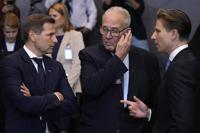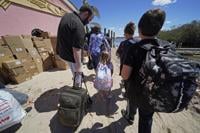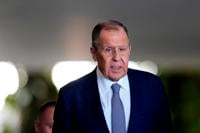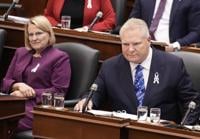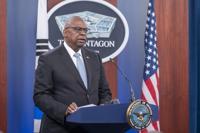BRUSSELS (AP) — Canada looks on track to meet NATO’s military spending guideline soon, Defense Minister Bill Blair said Friday, notably by boosting investment in the Arctic near its shared border with Russia as the region warms quickly due to climate change.
After Russia annexed Ukraine’s Crimean Peninsula in 2014, NATO allies agreed to halt budget cuts and move toward spending 2% of their gross domestic product on defense within a decade. Canada was barely spending 1% at the time.
Last year, as it became clear that would grind on, they decided that 2% should be a spending minimum. According to NATO figures, Canada was estimated to be spending 1.33% of GDP on its military budget in 2023.
“My defense spending budget will increase by 27% next year over this year,” Blair said at a meeting with his NATO counterparts in Brussels. “We’ve begun the important processes of acquiring the additional capabilities that we require (and) to meet NATO’s requirements of us.”
He said that Canada is investing “quite significantly in the high Arctic” and building new military capabilities like maritime sensors that can detect threats.
“I believe it brings us inevitably to over 2% of defense spending. But I’ve got some work to do in order to be able to articulate that both to my own country and to our allies,” Blair told reporters.
NATO Secretary-General Jens Stoltenberg has said that he expects around two thirds of the alliance’s 32 member countries to spending 2% of GDP on their defense budgets this year, up from just three countries a decade ago.


